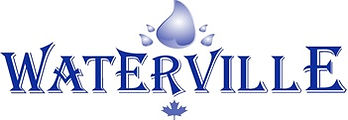
Reverse Osmosis Water
What is it?
Purified water, free of dissolved inorganic compounds, bacteria and pathogens.
The reverse osmosis process is a water treatment method traditionally known for removing salt from seawater.
It is also used to purify drinking water by forcing untreated water molecules through a semi-permeable membrane or filter. The membrane blocks contaminants and and the impurities are subsequently expelled from the environment. The result is pure, clean drinking water.
How is it obtained?
Using a semi-permeable membrane, pressure is applied to overcome the osmotic pressure of water by pumping water from a high solute environment to a low solute environment.
The reverse osmosis membrane has a tight pore structure which is less than 0.0001 micron. That is 500 000 times less than the diameter of a human hair.
Due to the size of this membrane the process effectively removes up to 99% of all contaminants and impurities such as total dissolved solids, chemicals, bacteria and viruses from drinking water.
Anti-microbial filters used in reverse osmosis also help to remove unwatned odors, colours and tastes from water. Reverse osmosis filtration technology is so effective that it is used by most leading water bottling plants.

Benefits of reverse osmosis
* Reverse osmosis water is slightly acidic, which helps in maintaining a healthy digestive system
* The process removes many toxic compounds such as lead and arsenic as well as bacteria. This leads to a reduced risk of brain damage caused by lead based diseases as well as gastrointestinal diseases like cramps and diarrhea caused by pathogens
